MAKING MEMORABLE COCKTAILS HINGES
ON APPEALING TO ALL FIVE SENSES.
By Barney Wolf | May 2019 | Bar Management
Social media has made that voice much louder. “Our customer base grew because of these platforms,” she notes. “Pictures that are Instagram-worthy—holidays, sprinkled with nostalgia, and twinkling lights—and adding alcohol is a perfect package with a bow on top.”
Kitschy mugs featuring a winking Santa or Santa pants are typical, and the names of the drinks are plays on the Christmas theme. The Fa La La La La La La La La—no shortening of the lyrics here—is served in a barrel-like mug and has gin, aquavit, hazelnut liqueur, cardamom, vanilla, orange flower water, lemon, egg white, and club soda with ice on top.
The ambiance at Sugar Factory is high energy, colorful, and fun, says managing partner Tom Recine. As with Miracle, social media wasn’t much of a factor when the company began in 2009.
Recine and his team challenged themselves to come up with the best-tasting cocktails to “wow” guests, he says. As social media gained steam, Instagram became the restaurant’s best marketing tool, and guests flocked to share pictures. As a result, one of Sugar Factory’s New York locations is among the top restaurants on that platform, drawing in new customers.
The chocolate and candy theme runs through the menu, including the popular Lollipop Passion, one of the chain’s signature 60-ounce goblets. The drink has a dry ice smoke effect and features Midori melon liqueur, vodka, coconut rum, pineapple juice, sour mix, and Sprite, with unicorn swirl lollipops and candy necklaces as garnish.
Other cocktails at Sugar Factory boast garnishes like cotton candy, gummies, and marshmallows, with glass rims coated with candy. And, to capture both drinking and non-drinking guests, all can be made alcohol-free.
At Reeds American Table, produce like carrots and sweet potatoes create cocktails that are colorful and taste great, Roquet says. The green We Are Having An Adventure cocktail features gin, several liqueurs, lime, mineral water, cucumber coconut water, and avocado agave.
Guests have said they were enticed to visit the restaurant after seeing pictures online of drinks like the Gnome-Olada, which has rum, pineapple, lemon, and almond syrup among its ingredients, garnished with mint sprigs, an umbrella, and cinnamon/clove compressed pineapple, and served in a tiki mug.
Garnishes in other cocktails at Reeds include a garden of sage, rosemary, and mint in a winter mule, and cinnamon powder and edible gold stars atop the purple I’m A Wild Animal.
The Green Isaac’s Special at Mortar & Pestle Bar in San Jose and San Mateo, California mixes gin with demerara sugar, coconut water, and cherry bark vanilla bitters and is served in a coconut with dry ice.
“Operators are always looking for that cutting-edge item that will entice people, who will remember it and come back,” Pereyra of The Spirits in Motion says. “Does something on social media that speaks to your brand image translate into visits and dollars? Yes, it absolutely does.”
From casual to fine dining, operators are looking for things that are exciting and going to the next level, says Tony Pereyra, beverage specialist and cofounder of Los Angeles-based beverage consulting company The Spirits in Motion. The growth of Instagram and other interactive platforms have provided additional avenues for restaurants and bars to embrace over-the-top libations. “The visual aspects are huge, and people want to share that,” Pereyra says.
The importance of a cocktail’s appearance is part of the rising interest in an overall sensory approach to alcohol beverages during the past half-decade, he explains. We drink with all our senses, Pereyra adds.
Vibrant colors from fresh fruit and other interesting ingredients, wild garnishes, and fancy glassware are all factors in this trend.
“Visualization is part of a cocktail,” says Naomi Roquet, bar manager at Reeds American Table in Maplewood, Missouri, near St. Louis. Still, she warns, “It better taste good, too. It’s great to have all these fun ingredients and those crazy things that catch people’s eyes, but balance is always key.”
Social media has been a great marketing tool for many restaurants, especially those that create a unique experience like month-long, holiday pop-up Miracle or the candy-centric Sugar Factory with 28 retail and restaurant and café locations worldwide.
Miracle, which began as a short-term method to fill the space of a cocktail bar under construction in New York, is going into its sixth year in 2019 and expects to have some 150 franchises of the brand, and a sister pop-up, the tiki-inspired Sippin’ Santa, open globally this holiday season. The festive locations and eye-popping drinks are picture perfect.
“When we started, it was really before the social media boom,” says Joann Spiegel, beverage expert and brand manager for Cocktail Kingdom, a barware manufacturer and affiliate of Miracle. “Our niche is very much word of mouth.”


